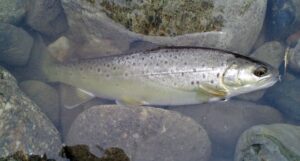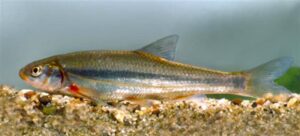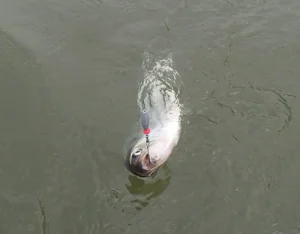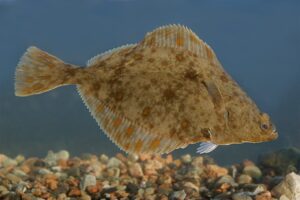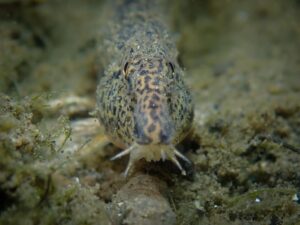Coarse fish : Ruffe (Gymnocephalus cernua)
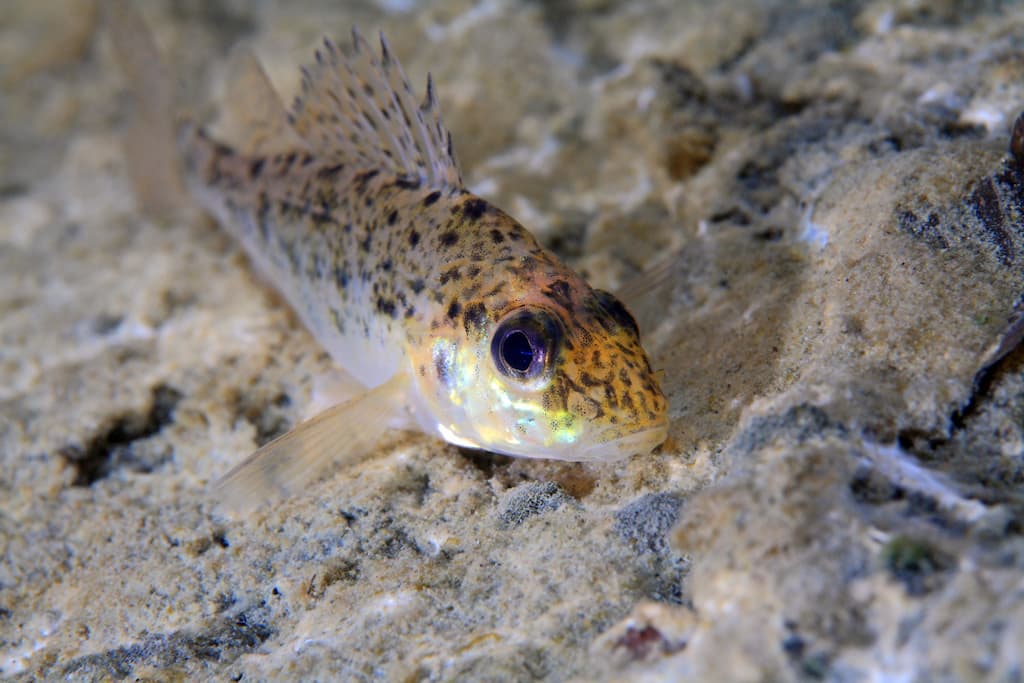
The ruffe (Gymnocephalus cernua) is a small freshwater fish that belongs to the Percidae family.
Resembling the perch, this voracious and slippery fish interests anglers seeking resilient live bait. This article will delve into the characteristics, habitat, behaviour, and fishing techniques related to the ruffe, also known as Gymnocephalus cernua.
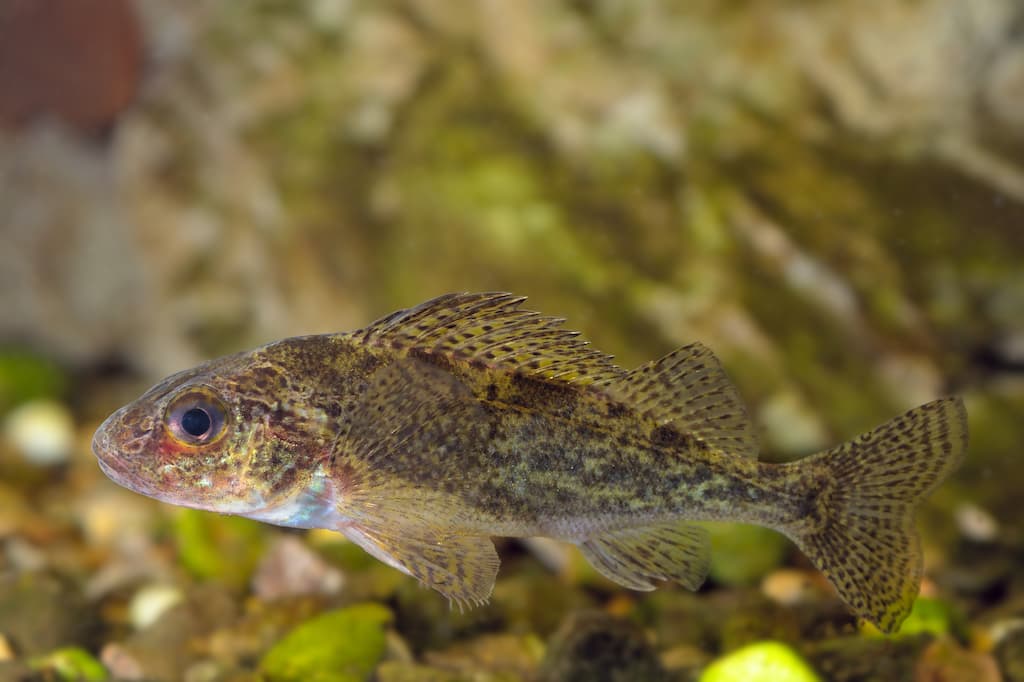
Characteristics of the Ruffe (Gymnocephalus cernua)
Determination
Apart from its size, the Ruffe bears a striking resemblance to the Perch. It has an elongated, slightly humped body, with the posterior portion being more compressed than the anterior part. The head of the ruffe is strong, spiny, and scaleless, with large eyes and metallic reflections. Its dorsal fin is long, characteristic of the Percidae family. It is divided into two parts: the anterior part consists of spiny rays, while the posterior portion comprises soft rays. The dorsal and caudal fins are adorned with small dark spots. The ruffe’s colouration is brownish-green on the back, with dark spots covering the body, similar to the gudgeon’s pattern. The flanks are lighter brown, while the belly is yellowish with black spots. The body of the ruffe is covered in small, deeply embedded scales, giving it a rough texture typical of the Percidae family. The fish’s body is also covered in abundant and slippery mucus.
| Class |
| Actinopterygii |
| Order |
| Perciformes |
| Family |
| Percidae |
| Genus |
| Gymnocephalus |
| Species |
| G. cernua |
| Binomial Name |
| Gymnocephalus cernua (Linnaeus, 1758) |
Size and Weight
The ruffe typically measures between 5 and 15 cm in length, with an average weight ranging from 10 to 50 g. The largest specimens can reach up to 25 cm in length and weigh around 200 g.
Longevity
The lifespan of the ruffe is approximately 4 years.
Habitat and Behaviour
Habitat
The Ruffe is native to central and eastern Europe and appeared in Western Europe in the second half of the 18th century. Its habitat now extends from southwest England to the Ural Mountains, including the southern parts of Scandinavia. Its presence in Scotland and North America is likely due to accidental introductions. The ruffe is a gregarious fish that inhabits slow-moving waters, preferably those well-suited to its limited swimming abilities. It thrives in deep waters (up to 25 meters) covered in gravel or sandy bottoms, including ponds, lakes, and calm rivers. The ruffe exhibits a high tolerance to pollution and degraded environments.
Feeding Habits
The ruffe feeds on various organic matter found on the bottom and is considered a benthophagous species. Its highly sensitive lateral line allows it to feed both day and night. It is a voracious fish, active throughout the day, and its diet consists of invertebrates (larvae, zooplankton, etc.), small crustaceans, mollusks, and plant debris. The ruffe also enjoys consuming the eggs of other fish and young fry, which occasionally categorizes it as a nuisance fish.
Reproduction
The ruffe reaches sexual maturity at the age of two. Between April and May, when the water temperature is between 10 and 15°C, the female deposits between 40,000 and 1,000,000 eggs in several batches in shallow areas or on obstacles. The eggs, whitish-yellow in color, form a coiled cord similar to that of the perch, attaching to aquatic plants, branches, or rocks. The incubation period lasts approximately ten days.
Interest of the Ruffe for Anglers
Although the ruffe possesses delicate flesh, akin to other perch species, it is not a highly sought-after fish among anglers. It tends to take bait intended for different fish species, such as predatory species. Anglers commonly use Ruffe for Pike, Zander, Perch, Eels, and occasionally trout, making it primarily valuable as live bait for predator fishing.
Conservation Status of the Ruffe
The Ruffe is classified as “LC” (Least Concern) on the IUCN Red List, indicating that it is widely distributed and abundant.

